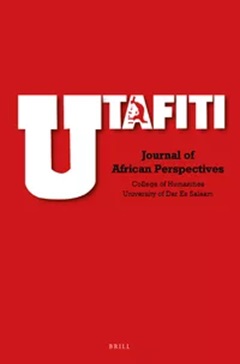The Tupak of the Jemadar: Notes on the Baluch Presence Along the Swahili Coast During the Nineteenth Century
Abstract
etween the end of the eighteenth and the beginning of the nineteenth century, it was the blood-red flag of the Omanis that formed a tie, and not merely in the figurative sense, between the ports of Makran-Baluchistan, the principal ports of Oman itself, and the ports along the Swahili coast from Mogadishu to Kilwa. This short note aims to re-read Baluch presence during nineteenth century ' s Swahili coast during the ' apogee ' with the ' Arabs ' from Oman, as well as its potential influence on local society. The Tupak was the muzzle-loading musket used by the Baluch soldiers of the Omani Sultans, and the Jemadar (Jamadar, Jam ' dar) was the chieftain representative as well as the Baluch Commander in the Sultans ' Omani army. The Baluch in Africa were brought between the eighteenth and nineteenth centuries by the Omani Arabs as soldiers; once settled, their culture has undergone quite a metamorphosis from the end of the eighteenth century on. Traditional Baluch lifestyle gradually melted with the Swahili one. Baluch ancestors interacted with local people and assimilated to become part of the cultural and social life of the region. It must be noted however, that they did not lose their identity. Language and culture apart, the Baluch in Africa did maintain an identity from the rest of the people.Downloads
Published
2018-02-23
Issue
Section
Articles



